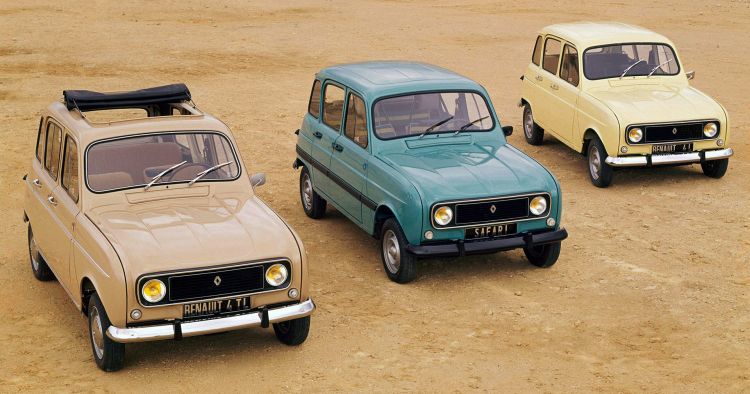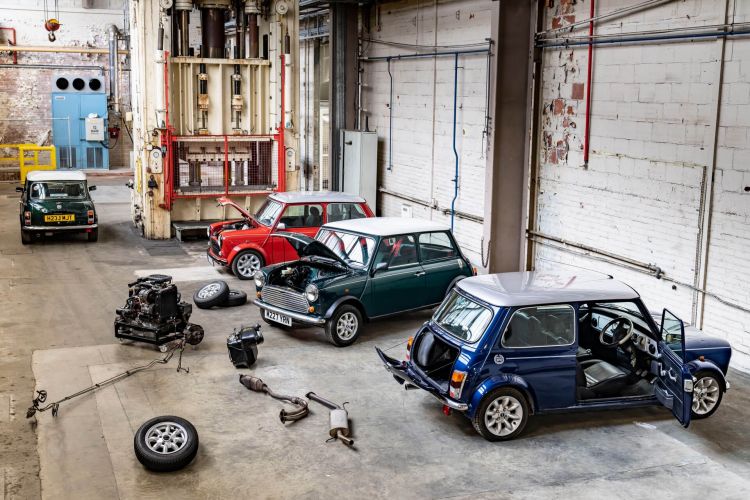Having a vehicle without an environmental label will soon be a problem for many drivers who will see how traffic restrictions, with the introduction of Low Emission Zones in Spanish towns with more than 50,000 inhabitants, will prohibit their use in urban areas that will be increasingly larger and the most severe restrictions, even affecting vehicles that do have an environmental label, such as label B, or label C.
Given this scenario, lovers of classics or vintage cars, in general, could not do anything but fear about a future in which, at the very least, we would find ourselves with restrictions on driving in many cities.
But these days we knew some hopeful news. According to the draft Royal Decree to which he would have had access Servimedia, The General Directorate of Traffic would be preparing a revision of the regulation to allow historic vehicles to continue circulating through the center of cities and through areas that are subject to a Low Emissions Zone.
The DGT finalizes a reform of the regulation to allow the circulation of historic vehicles in Low Emission Zones and to facilitate the registration of historic vehicles
The DGT will “save” historic vehicles
The DGT project would be designed so that, once the parliamentary channels have been overcome, the rule will come into force on January 2, 2023. With this norm it would prevail that the city councilswho are the ones who ultimately hold the powers, allow the access of historic vehicles in Low Emission Zones.
This exemption from the prohibitions would apply to vehicles registered as historic vehicles, and would apply to both automobiles and motorcycles. Reflecting in the regulation itself the “occasional use and not as a daily means of transport” that is assumed for a vehicle that has been registered as historic.
According to a study by the Spanish Federation of Historic Vehicles (FEVA), 61% of historical vehicles circulate less than 20 days a year. With which a classic vehicle would not be, in any case, an environmental problem, but above all a heritage that must be protected.
The DGT will greatly simplify the procedure for registering a vehicle as historical, putting an end to “the excessive complexity and high cost of the administrative procedure”
The DGT will facilitate the registration of historic vehicles
And that’s not all. The DGT would be studying these reforms to “recover the largest number of these unique vehicles”, also promoting a simplification of the procedures required to register a vehicle as historicalin a review to put an end to “the excessive complexity and high cost of the administrative procedure”.
The DGT would have proposed an “abbreviated” procedure for the registration of a vehicle as historical that, as until now, may be carried out on vehicles registered for the first time in Spain at least 30 years ago, that are in circulation, and with a valid ITV . But the need for an accredited Official Vehicle Laboratory report, the cataloging of a historic vehicle in the Autonomous Community, and the non-ordinary technical inspection, which was required until now, will be eliminated. For vehicles that do not meet these requirements, there will be a somewhat more complex revised procedure.
We will be very attentive to the processing of this reform of the regulation that, without a doubt, It will make it much easier for us classic lovers and will encourage many classics to be registered as historic vehicles.





